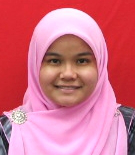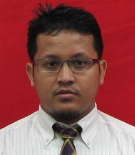Course Details
ANATOMY AND PHYSIOLOGY
ANATOMY AND PHYSIOLOGY
About this Course
This course is covering on human anatomy and physiology for health sciences. The aim of this course is to provide the student with knowledge of anatomical and physiological aspects of the human body. For the beginning of this course, the content will be started with introduction to anatomy and physiology, general orientation to human body, chemistry of life and cellular form which enable cell to function. Then the students will learn about fundamental of genetic and types of tissue. Once the students have covered these basic topics, contents of the course will move on into the different systems that make up the human body. The systems that are covered in this part include the integumentary system, joints and the skeletal system, the muscular system, nervous system, endocrine system, cardiovascular system, lymphatic system, respiratory system, urinary system, digestive system, and reproductive system. In each system, students are exposed to the various structures and functions of the systems in normal condition. Every time, emphasize is given to the systems involvement in maintaining homeostasis.
Course Learning Outcomes
1) Explain the basic concepts of anatomy and physiology and general structure of human body systems
2) Analyse the functions of human body systems.
3) Interpret the interrelationships within and between anatomical and physiological systems of the human body.
Course Syllabus
Frequently Asked Questions
Q1 : What is the different between anatomy vs physiology?
A1 : Anatomy is a study about human body system organ approach and physiology is study about the function of each system



STATUS :
Open
COURSE CODE :
BHS105
CREDIT HOUR :
-
PRE REQUISITE COURSE :
No
DURATION : Flexible
EFFORT : 3 hours per week
COURSE LEVEL :
Intermediate
LANGUAGE :
English
131 Students
6 Instructors





